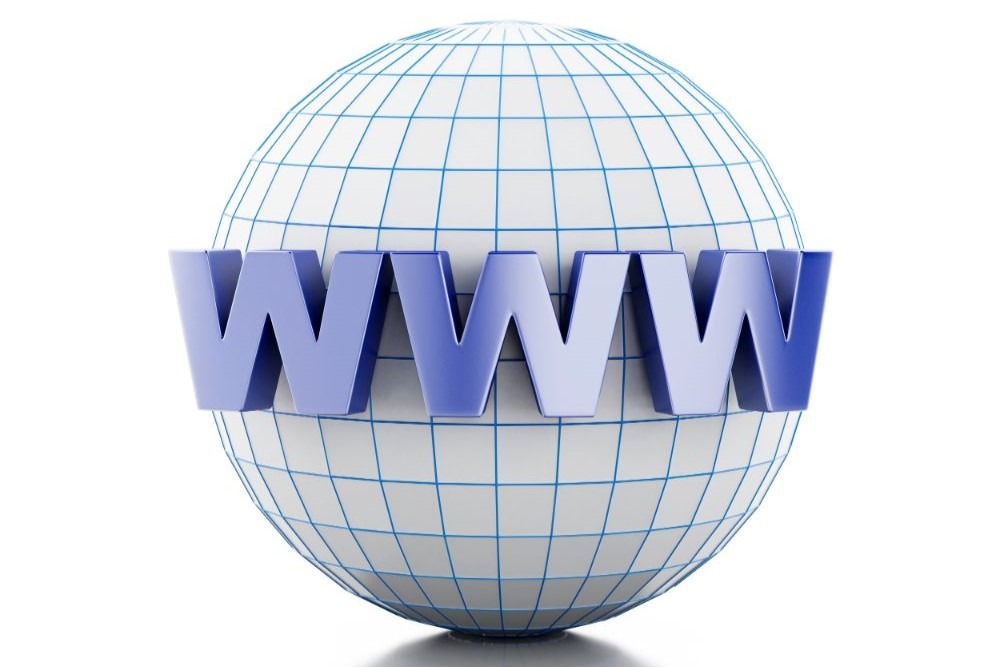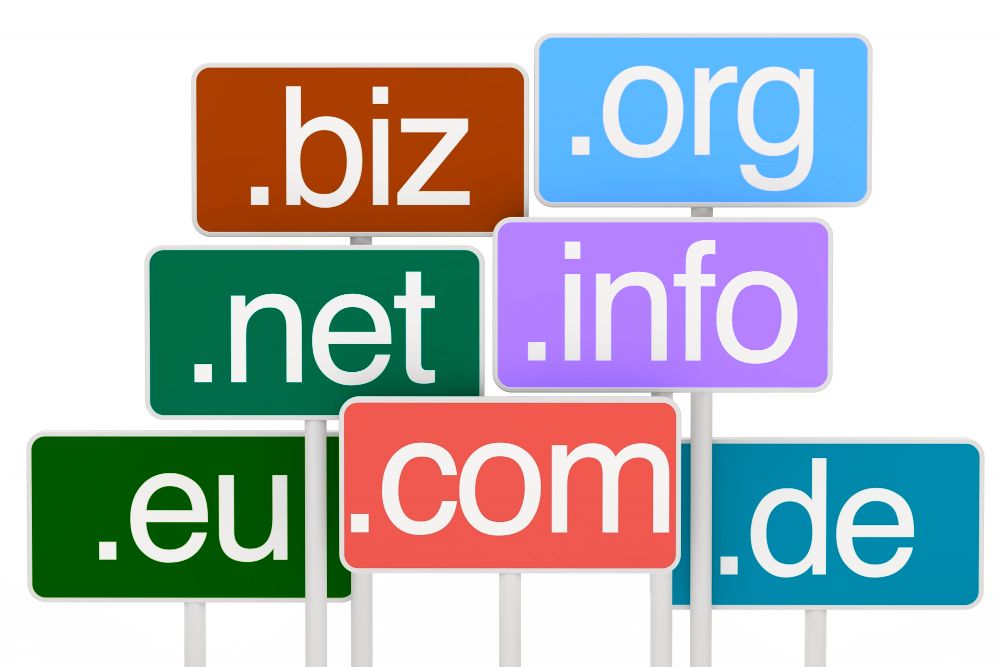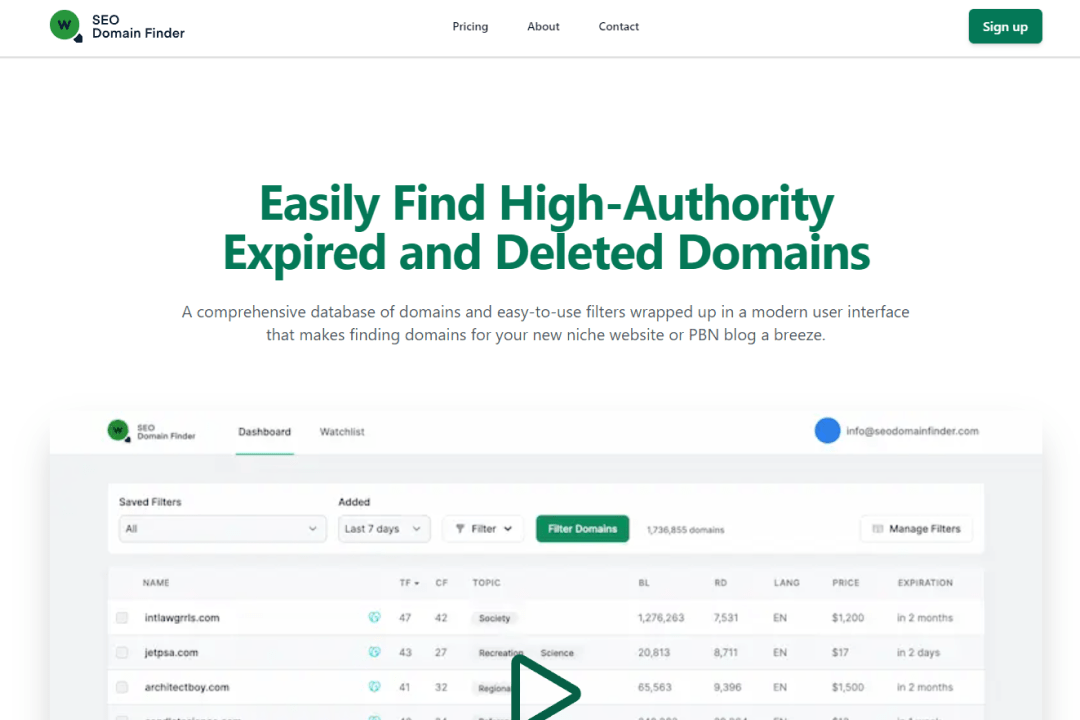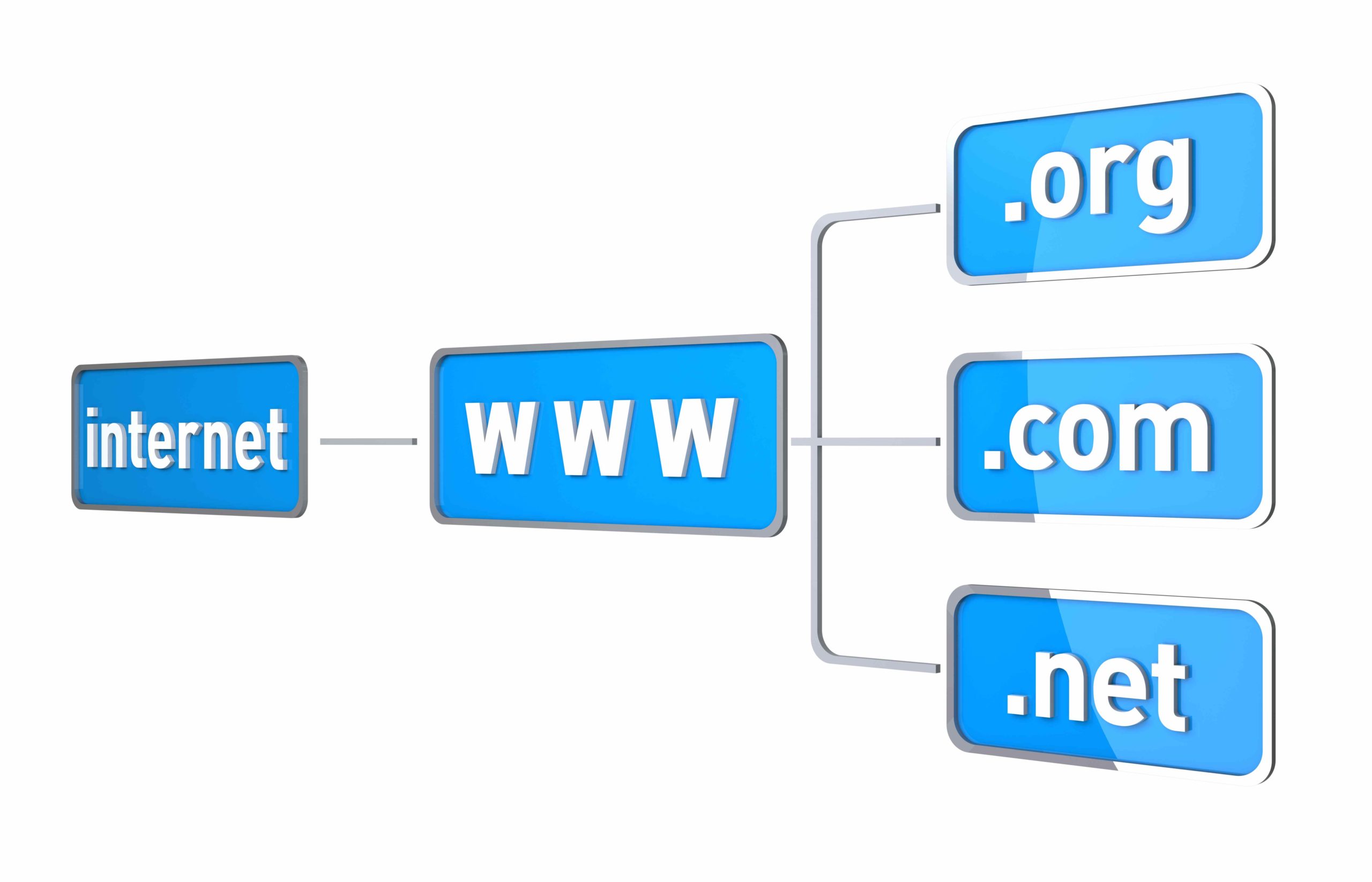
Navigating the digital world can be tricky, especially when it comes to choosing the right domain name for your website. One of the most important decisions you’ll make is selecting the right domain extension. Among all the options, the .com domain stands out as the most recognized and widely used.
Let’s dive into what makes the .com domain so special and how it can benefit you and your business.
Key Takeaways
- The .com domain was introduced in January 1985 as one of the original top-level domains (TLDs) along with .edu, .gov, .mil, .net, .org, and .int.
- The .com domain is the most widely recognized and used top-level domain, providing instant credibility, brand recognition, and search engine optimization benefits that make it the preferred choice for most businesses and websites.
- The .com domain can be a huge advantage if you’re looking to reach an international audience and build a strong online presence.
- A simple and catchy .com address is easier for people to remember, which is crucial in today’s crowded digital space.
- Consumers often see .com domains as more trustworthy and credible than other extensions. This perception can be crucial in convincing potential customers that your site is reliable and professional.
- If you ever decide to sell your domain, having that .com extension can significantly boost its resale value compared to other TLDs.
- Websites with .com domains tend to get higher click-through rates from search engine results pages. Studies show that users are more likely to click on .com links, which can improve your website’s visibility and traffic.
- The most desirable and memorable .com domain names are often already taken, making it challenging to find an available domain that matches your brand or business.
- Due to the high demand and limited availability, premium .com domain names can be very expensive, sometimes costing thousands or even millions of dollars.
History of the .com Domain
So, where did the .com domain come from? It all started in 1985 when the Internet Assigned Numbers Authority (IANA) introduced it as one of the original top-level domains (TLDs). Initially, .com was meant for commercial entities, but it quickly became the go-to choice for everyone- from big businesses to individuals.
The 1990s witnessed a huge boom in .com registrations as the internet began to gain momentum. Today, .com domain remained a fundamental part of the internet and it is almost synonymous with having an online presence.
Why is the .com domain so important?
The importance of .com domains lies in their association with popularity and trust. With over 150 million .com domains registered, it far outnumbers other TLDs like .net and .org. This widespread usage means that .com domains are instantly recognizable and trusted by users around the world.
If you want to enhance your business’s credibility, a .com domain is the way to go. People are more likely to trust and remember a .com address, which can lead to more traffic and loyal customers.
The Benefits of Using a .com Domain
Here are the main benefits of using a .com domain:
Global Recognition
One of the biggest perks of a .com domain is its global recognition. No matter where your audience is located, they’ll recognize and trust a .com address. This can be a huge advantage if you’re looking to reach an international audience and build a strong online presence.
If you aim to enter the global market, I recommend our article Generic TLD Vs. Country Code TLD: Which Is the Better Option?
SEO Advantages
The truth is that search engines love .com domains. While many factors influence SEO, having a .com can give you a slight edge in search rankings. Google and other search engines often view .com domains as more trustworthy, which can help boost your visibility online.
Branding and Memorability
A .com domain can help your brand stand out. It’s easier to build a memorable brand identity around a .com domain name, as users naturally associate it with the website.
A simple and catchy .com address is easier for people to remember, which is crucial in today’s crowded digital space. A memorable domain can set you apart from the competition and keep visitors coming back.
Trust and Credibility
When it comes to building your brand’s reputation, especially for e-commerce sites, having a .com domain can make a big difference. Consumers often see .com domains as more trustworthy and credible than other extensions. This perception can be crucial in convincing potential customers that your site is reliable and professional.
Resale Value
A .com domain is considered a highly valuable digital asset. If you ever decide to sell your domain, having that .com extension can significantly boost its resale value compared to other TLDs. It’s a smart investment that can pay off down the road.
Better Click-Through Rate
Websites with .com domains tend to get higher click-through rates from search engine results pages. Studies show that users are more likely to click on .com links, which can improve your website’s visibility and traffic. More clicks mean more opportunities to engage and convert visitors.
Type-in Traffic
Did you know that many users will simply type in a domain name with a .com extension, even if they don’t know the full URL? This habit can drive valuable direct traffic to your website. It’s like having a built-in audience that naturally gravitates to your .com site, giving you an edge in attracting visitors.
Drawbacks of Using a .com Domain
Despite the many benefits of .com domains, there are some drawbacks you should consider:
Limited Availability
The downside of .com’s popularity is that finding an available, relevant name can be tough. Many of the best names are already taken, which might force you to get a bit more creative or look into buying a premium domain.
Higher Costs
Because of the high demand, .com domains can be more expensive than other TLDs. Premium .com domains, in particular, can be quite costly. Plus, renewal fees can add up, so it’s something to keep in mind when budgeting.
Intense Competition
With so many .com websites out there, standing out can be challenging. You’ll need strong SEO strategies, compelling content, and effective marketing to capture and retain attention in such a competitive space.
Learn how to beat your competition with our expert tips.
Potential for Cybersquatting
The popularity of .com domains has led to a practice called “cybersquatting,” where individuals or companies register desirable domain names with the intent of reselling them at inflated prices.
Choosing a name that’s too similar to an established brand can lead to legal trouble. And be cautious of domain squatting, which is both unethical and legally risky. It’s important to make sure your domain name doesn’t violate any trademarks.
How to Get a .com Domain
Choosing the Right Domain Name
Picking the perfect domain name is both an art and a science. Aim for something short, memorable, and relevant to your business. Avoid numbers and hyphens, as they can confuse users. Do some research to ensure your name is unique and not infringing on any trademarks.
If you need help with choosing the right domain name, check out this article: https://quirk.biz/domain-name-best-practices/
Steps to Register
Registering a .com domain is pretty simple:
- Visit a reliable domain registration service like GoDaddy, SEO.Domains or Namecheap.
- Search for your desired domain name to see if it’s available.
- Purchase the domain and complete the registration process.
- Pay the registration and renewal fees, which vary by provider. Some registrars also offer extras like privacy protection and email hosting.
How Much Does a .com Domain Cost?
The cost of a .com domain can vary. Typically, registration fees range from $10 to $15 per year. However, premium domains – those short, catchy names – can be much more expensive, sometimes costing thousands or even millions of dollars.
Don’t forget about renewal fees, which are generally similar to registration costs but can vary depending on the registrar and additional services.
Conclusion
The .com domain has been a cornerstone of the internet since its inception. Its history, significance, and benefits make it a powerful tool for businesses and individuals alike. While there are challenges, the .com domain’s enduring popularity and global recognition ensure its continued importance in the digital age.
By understanding its advantages and navigating its complexities, you can leverage a .com domain to boost your online presence and achieve your digital goals.











































































































